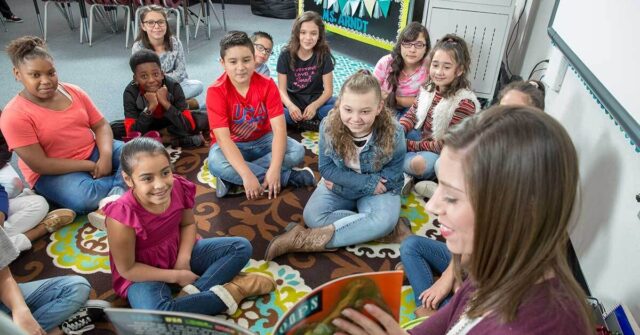
Looking for ways to help your struggling readers blossom into confident and skilled learners? Below are four proven strategies to unlock your students' reading potential and empower them to conquer any literacy hurdles they are facing. You can use these techniques in your classroom to foster a more nurturing environment where every student can thrive.
1. Create a Safe Space for Mistake-Making
To unlock your students' reading potential, start by creating a classroom environment where they feel safe to make mistakes and take learning risks. Encourage imperfection and vulnerability by celebrating their successes and offering positive reinforcement. By fostering a supportive atmosphere, your students will be more likely to push their limits and experience greater reading gains.
Additionally, giving students the freedom to choose their reading materials can significantly impact their motivation and comprehension. Research has shown that self-selected reading is twice as effective as teacher-selected reading in these areas. By handing your students more choice in what they read, you can ignite their interest and engagement.
2. Continue to Read Aloud and Encourage Active Listening
Reading aloud isn't just for younger students—older students can also benefit immensely from read-aloud too! These sessions can help strengthen their vocabulary, active listening skills, and overall enjoyment of reading. Studies have found that reading aloud reduces stress, prompts meaningful conversations, and reinforces new reading skills…all while nurturing students' social, emotional, and mental health.
Try incorporating guest readers or inviting students to act out portions of stories. This gives them the chance to read aloud and interact with the material in a different way. This practice can encourage students in their reading journey and foster a love for literature.
3. Offer Personalized Learning Paths Tailored to Each Student's Needs
A study by the Bill & Melinda Gates Foundation found that students experienced significant gains in reading when they had a personalized learning experience.
Student assessment data and technology can help teachers develop customized learning plans to address literacy gaps and offer self-paced learning paths for each student. Adaptive technology can help identify students who may need additional reading support, ensuring that every child's unique learning needs are met.
4. Use Scaffolding to Help Ease Students into Independence
Students who face reading challenges often struggle socially and emotionally. By introducing educational scaffolding, you can guide them toward deeper understanding and, eventually, greater confidence and independence. This additional layer of support can reduce discouragement and frustration, helping them develop a belief in their reading abilities.
As your students make progress, gradually remove some of the supports, allowing them to become more independent as readers and thinkers. Scaffolding is a great way to empower students to take ownership of their learning while providing them with the tools they need to succeed.
Empowering your struggling readers is an essential part of creating a successful classroom environment. By implementing these four proven strategies, you can unlock your students' reading potential and help them thrive academically. Remember, every child's journey to literacy is unique. With the right support and guidance, they can overcome their challenges and become confident, skilled readers.
Discover more practical strategies to help struggling readers in the new edition of When Kids Can't Read—What Teachers Can Do by Kylene Beers.
Explore additional professional books and resources to help you teach reading with confidence.
Explore additional Reading instruction resources here.


